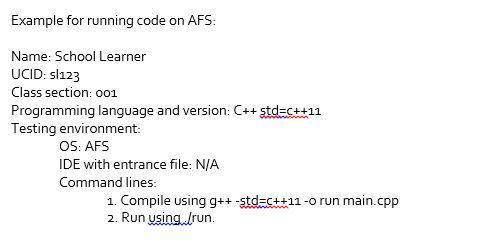Question
Wireshark Assignment 1: UDP Ping Client and Server This wireshark assignment is to be used in conjunction with Programming Assignment 1. The wireshark trace is
Wireshark Assignment 1: UDP Ping Client and Server
This wireshark assignment is to be used in conjunction with Programming Assignment 1. The wireshark trace is intended to demonstrate that your program is behaving as expected. As such, please ensure that the program trace you provide shows at least 3 acknowledged ping requests and at least two dropped ping requests. (Since the server responds at random, this may require re-running your program to get a representative trace.)
Test Environment:
Run the UDP Ping client and server on the same host[1]. Enable wireshark on the null/loopback interface and capture packets between client and server. Store the trace in a .pcap file. When analyzing the .pcap file, specify a filter such that only your application packets are shown in the packet summary window.
Note: When a question asks for packet number, this refers to the No. column in the summary window of the wireshark trace.
Using the wireshark trace and what you have learned so far, answer the following questions (your answers MUST be consistent with that shown in the wireshark trace you hand in):
What packet numbers correspond to ping requests? What packet numbers correspond to ping responses? How many ping requests were lost (no response from server)? What is the loss rate of ping requests (%)? What is the IP address of the client? Where is this information included in a packet? What is the IP address of the server? Where is this information included in a packet? What port is the client listening on? Where is this information included in a packet? What port is the server listening on? Where is this information included in a packet? When the client sends the packet to the server, what protocol in the protocol stack adds the port information to the packet? In ping requests, what is the source port in the packet referring to: client or server? In ping requests, what is the destination port in the packet referring to: client or server? In ping responses, what is the source port in the packet referring to: client or server? In ping responses, what is the destination port in the packet referring to: client or server? When the client sends the packet to the server, what protocol in the protocol stack adds the IP address information to the packet? What protocol in the protocol stack is responsible for forwarding a packet from a source host to a destination host? What protocol in the protocol stack is responsible for multiplexing and de-multiplexing ping packets to and from the application processes? The ping client is able to reach the ping server because the IP address and port are known a priori. How does the server learn the client IP address and port for ping responses? What application data does the ping client send to the server and what is its length in bytes? What application data does the ping server send to the client and what is its length in bytes? How much overhead (in bytes) does the network stack in the operating system add to a packet? Network protocols format messages using network byte order. Explain network byte order and why is it used?
Submission Guidelines:
Submit the client and server source program files
Submit screenshots in .pdf format showing the trace output of the client and server and round-trip time results (be sure the .pdf is legible)
Submit the README file (should be based on Python)
Example: 
Submit the wireshark .pcap file captured while running the client and server programs, and the one used to answer questions in this document
[1] Of course, if you have access to 2 machines, and can run the client on one machine (on unencrypted link) and the server on the other, all the better.
Example for running code on AFS Name: School Learner UCID: sl123 Class section: 001 Programming language and version: C++ std-c++11 Testing environment: OS: AFS IDE with entrance file: N/A Command lines: 1. Compile using g-stdac+11-o run main.cpp 2, Run using /run Example for running code on AFS Name: School Learner UCID: sl123 Class section: 001 Programming language and version: C++ std-c++11 Testing environment: OS: AFS IDE with entrance file: N/A Command lines: 1. Compile using g-stdac+11-o run main.cpp 2, Run using /runStep by Step Solution
There are 3 Steps involved in it
Step: 1

Get Instant Access to Expert-Tailored Solutions
See step-by-step solutions with expert insights and AI powered tools for academic success
Step: 2

Step: 3

Ace Your Homework with AI
Get the answers you need in no time with our AI-driven, step-by-step assistance
Get Started


